7 Conditions That Botox May Help Treat
Introduction
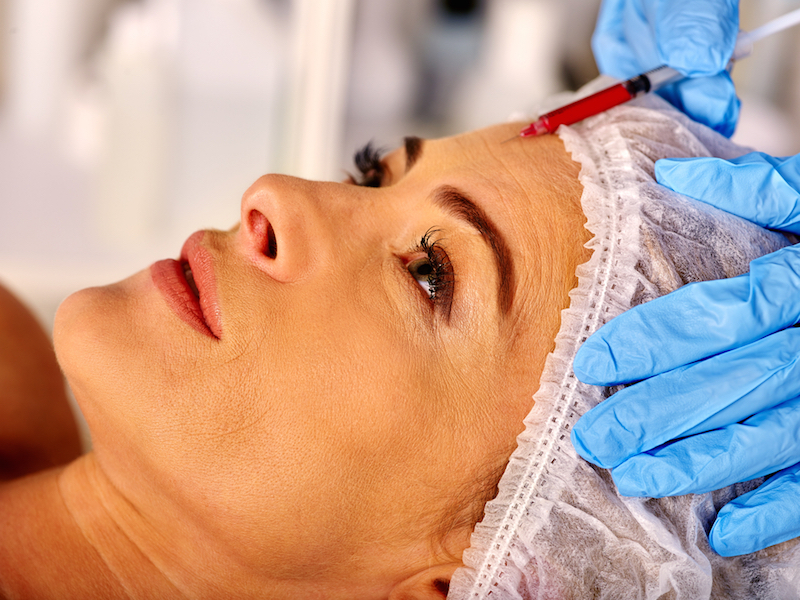
Botox is typically known as a tool for smoothing out wrinkles, but it actually has many other applications in medicine.
Botox, a trademark that's short for botulinum toxin, is a neuromuscular blocker, which means it paralyzes the muscle into which it is injected, said Dr. Daniel Maman, a board-certified plastic surgeon and an assistant clinical professor of surgery at the Icahn School of Medicine at Mount Sinai in New York. And because muscle issues are involved in many different types of medical conditions, the range of medical applications of Botox has been expanding, he told Live Science. The drug has uses in neurological conditions, such as migraines and drooling from Parkinson's disease.
Here's a look at seven conditions that Botox is used to treat.
Crossed Eyes
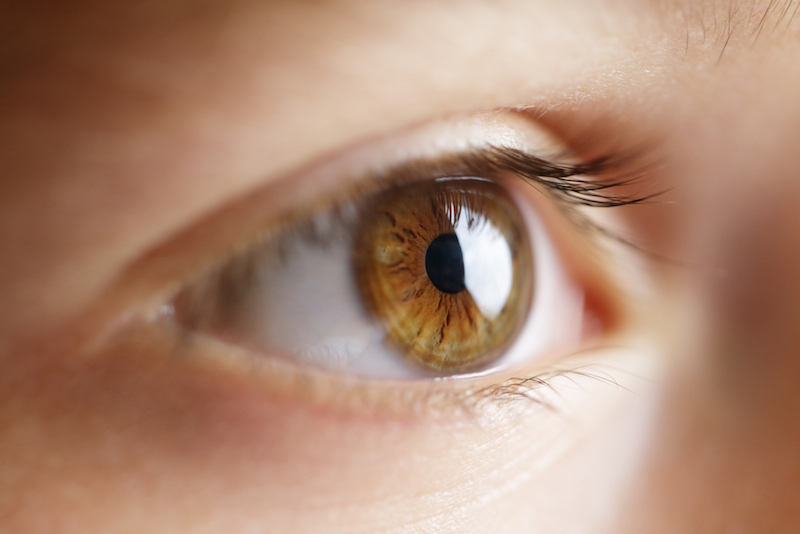
The first time Botox was ever used for a medical purpose was in 1981, to treat people with crossed eyes, according to the e-book "Plastic Surgery," by Lana Thompson. In 1989, the U.S. Food and Drug Administration officially approved the use of Botox for this condition.Injecting Botox into muscles that control the movement of the eye reduces the appearance of crossed eyes.
Excessive sweating and body odor
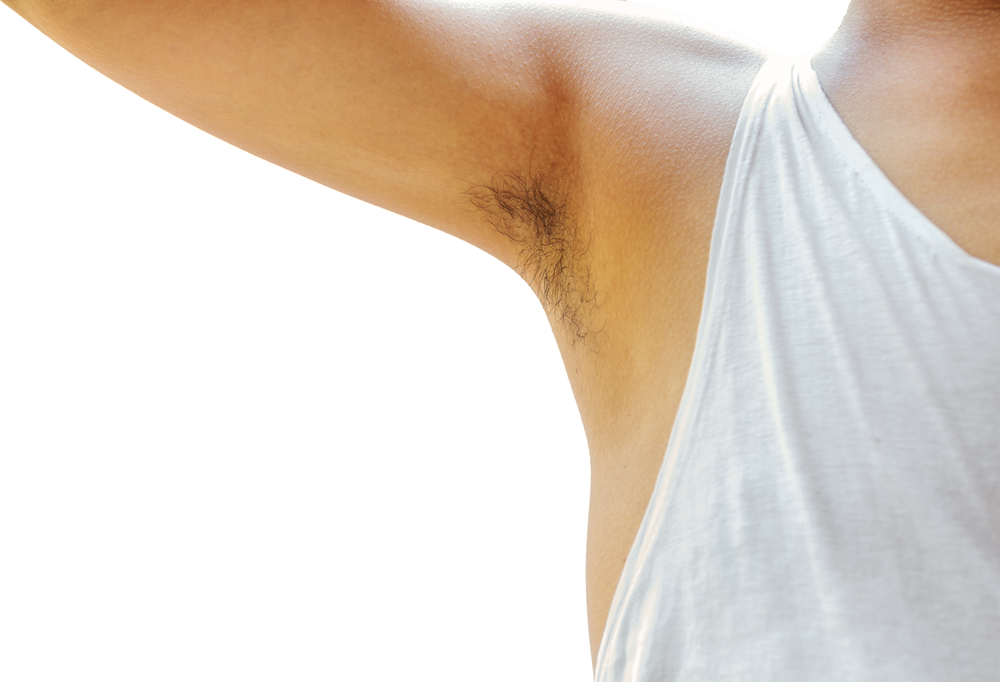
For those who sweat too much or who have trouble reducing their body odor with the use of traditional deodorants, Botox injections may be helpful, research has shown. Normally, sweat is produced when the small muscles around sweat glands squeeze the liquid out, Maman said."And if you can paralyze those small muscles, then the sweat glands are no longer functioning like they normally would," he said.
In a 2007 study published in the journal Dermatologic Surgery, researchers injected Botox into the armpits of 51 people. Both the participants and the independent raters of smell samples from the people's armpits said the people's underarm odor was less unpleasant after they received the injections. Botox was approved by the FDA to treat excessive sweating in 2004.
Chronic pain

Botox may help treat people with myofascial pain syndrome, which is a chronic condition that involves muscle pain.
In a study published in June 2014 in the journal Anesthesia & Analgesia, researchers injected Botox into the painful muscles in the neck and shoulder areas of 114 people with the condition. The researchers found that the people's pain was reduced after they received the injections.
Traditionally, physical therapy and anti-inflammatory drugs like ibuprofen have been used to treat the symptoms of this condition. However, "long-term benefit with traditional therapies is transient and unpredictable," Dr. Andrea L. Nicol, who led the study and is an assistant clinical professor of anesthesiology at UCLA, said in a statement. [5 Surprising Facts About Pain]
Drooling in Parkinson's disease
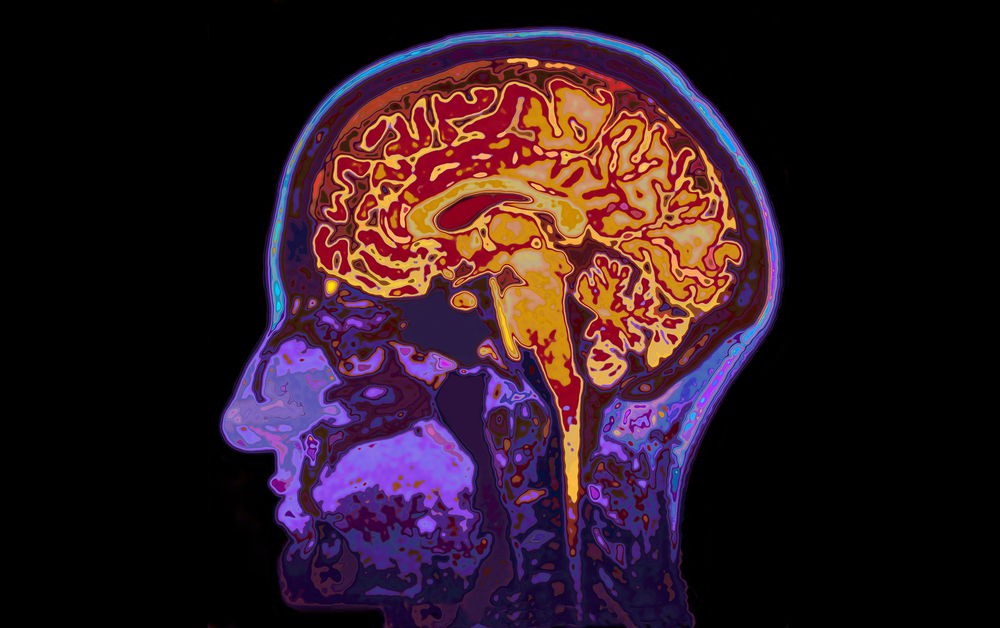
People with Parkinson's disease, who have problems with their muscle function and may swallow less frequently than normal, sometimes develop excessive drooling. But Botox may help to treat this symptom. In a study published in 2006 in the journal Movement Disorders, researchers administered Botox to the salivary glands of 32 people with Parkinson's disease who had been experiencing excessive drooling. The researchers found that after the treatment, the people drooled less and produced less saliva. The people did not experience any side effects from the Botox, according to the study.
Chronic migraines

Chronic migraine is another condition that Botox may help treat, because certain muscular mechanisms have been implicated in the development of migraines. "Patients with chronic migraine experience a headache more than 14 days of the month," Dr. Russell Katz, director of neurology products at the FDA, said in a statement. "This condition can greatly affect family, work and social life, so it is important to have a variety of effective treatment options available."
The FDA approved the use of Botox for chronic migraine in 2010. To treat the condition, injections of the drug are administered to a person's head and neck area about every 12 weeks. [Ouch: 10 Odd Causes of Headaches]
Overactive bladder
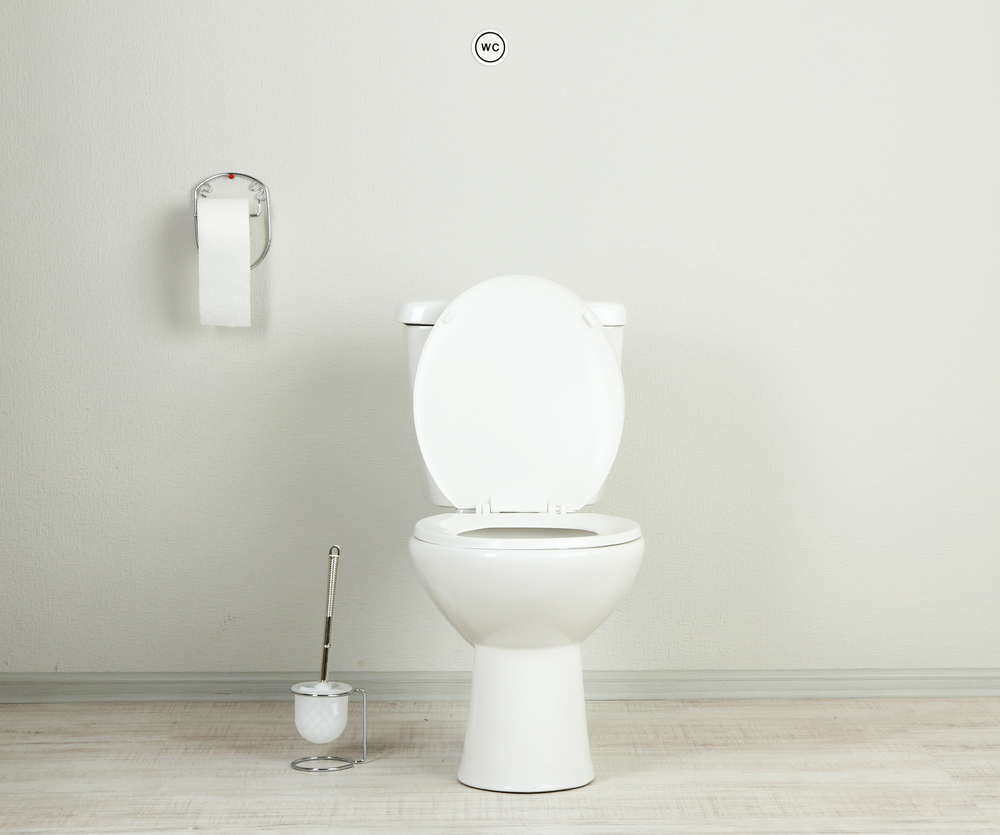
In 2013, the FDA approved Botox to treat adults with overactive bladder who can't use, or who are not helped by, the medications that are normally used in the treatment of this condition.
The bladders of people with this condition squeeze too often, or squeeze without warning, causing them to urinate too frequently or leak urine. Injecting Botox into the bladder causes the bladder to relax, which increases the organ's storage capacity and reduces the frequency of episodes of urinary incontinence, according to the FDA.
Depression

The wide range of applications for Botox use are spreading into psychiatry. In a study published in 2014 in the Journal of Psychiatric Research, researchers administered Botox or a placebo to the muscles in the area between the eyebrows to 74 people with depression.
They found that, among the people injected with Botox, symptoms decreased by 47 percent six weeks after treatment, compared with a 21-percent decrease in the placebo group. Several mechanisms may have been involved in the improvement of mood observed in the study, the researchers noted. For example, greater levels of frowning are believed to contribute to depression symptoms, and the reduction in frowning after the treatment may have put the people in a better mood, according to the study. (Botox is not an FDA-approved treatment for depression.)
Follow Live Science @livescience, Facebook & Google+. Originally published on Live Science.
Sign up for the Live Science daily newsletter now
Get the world’s most fascinating discoveries delivered straight to your inbox.










